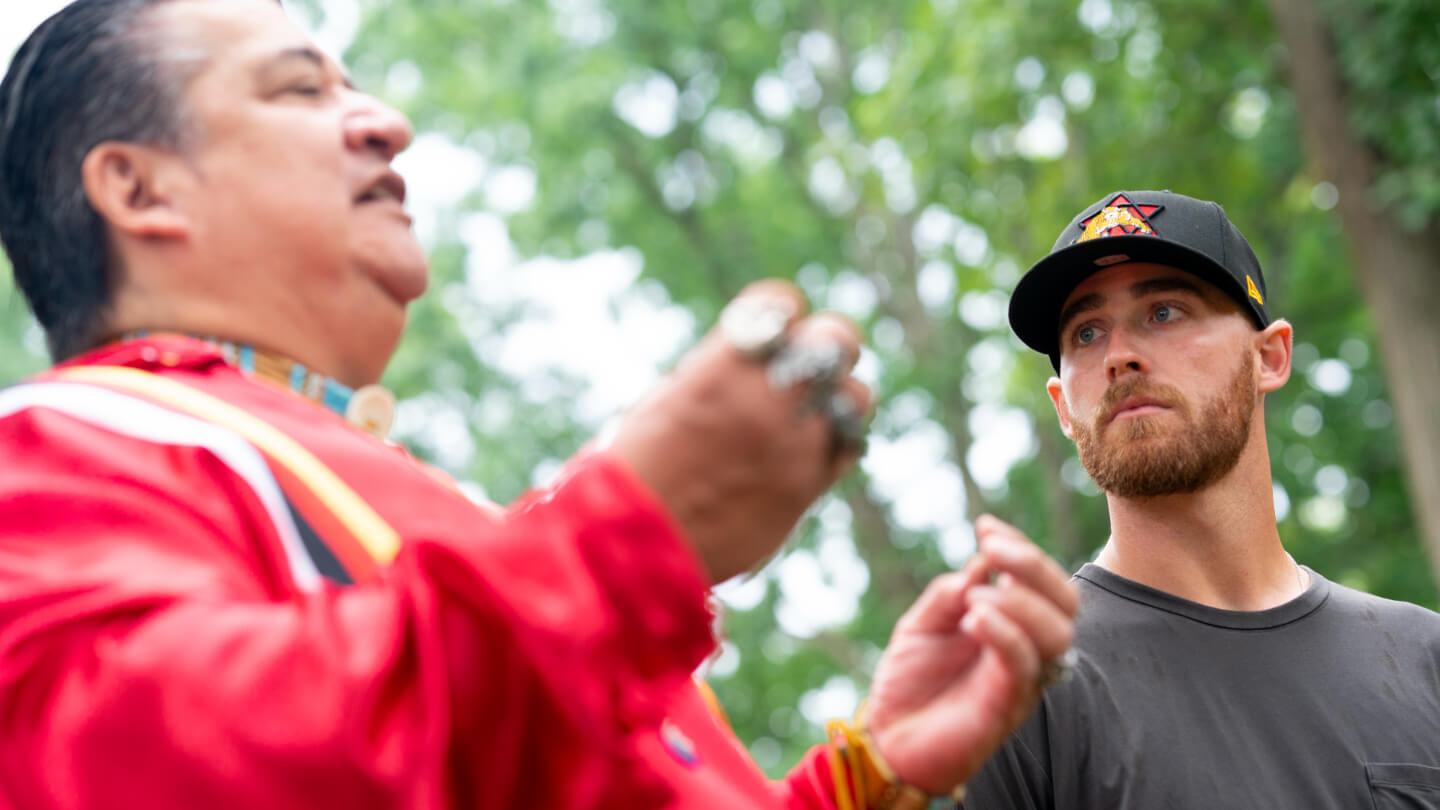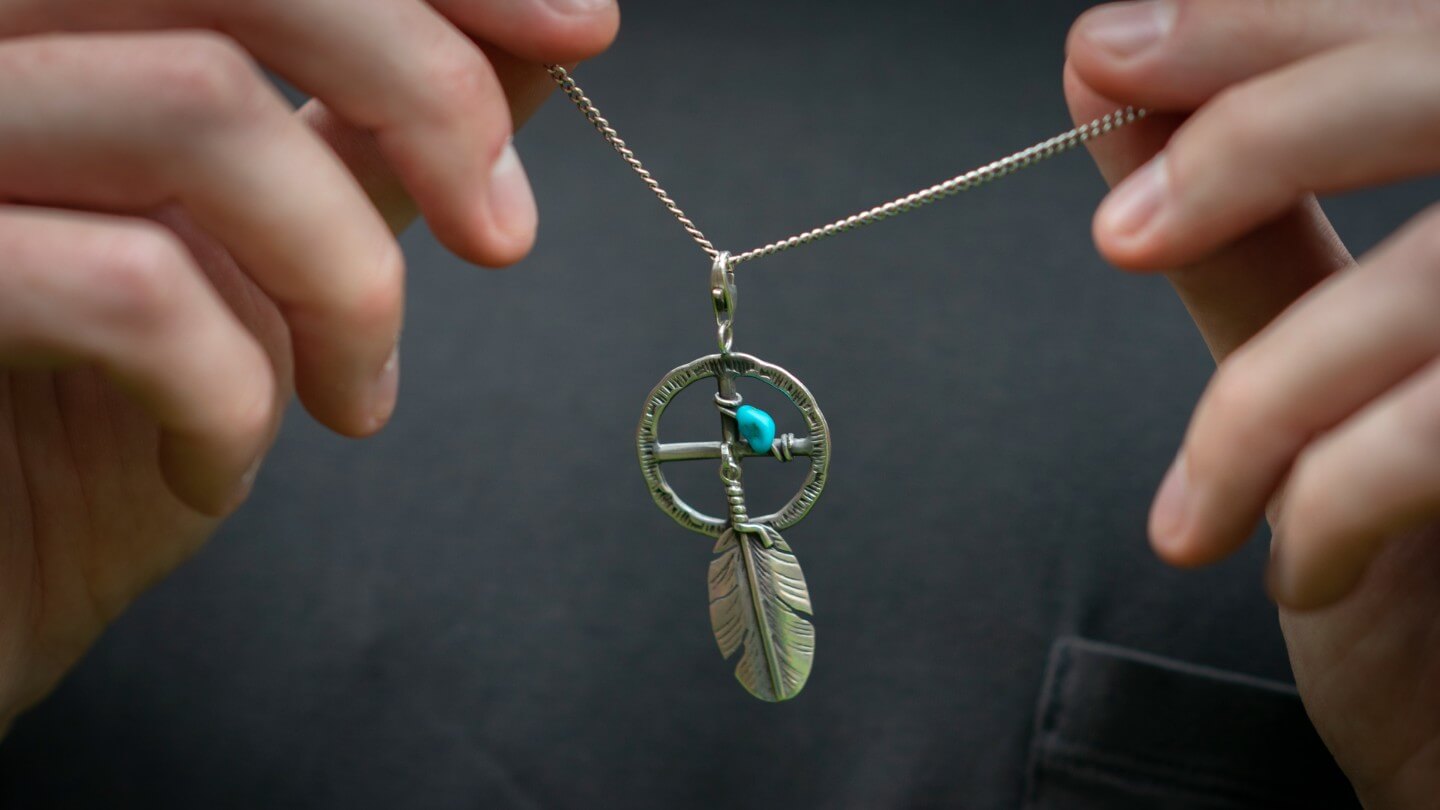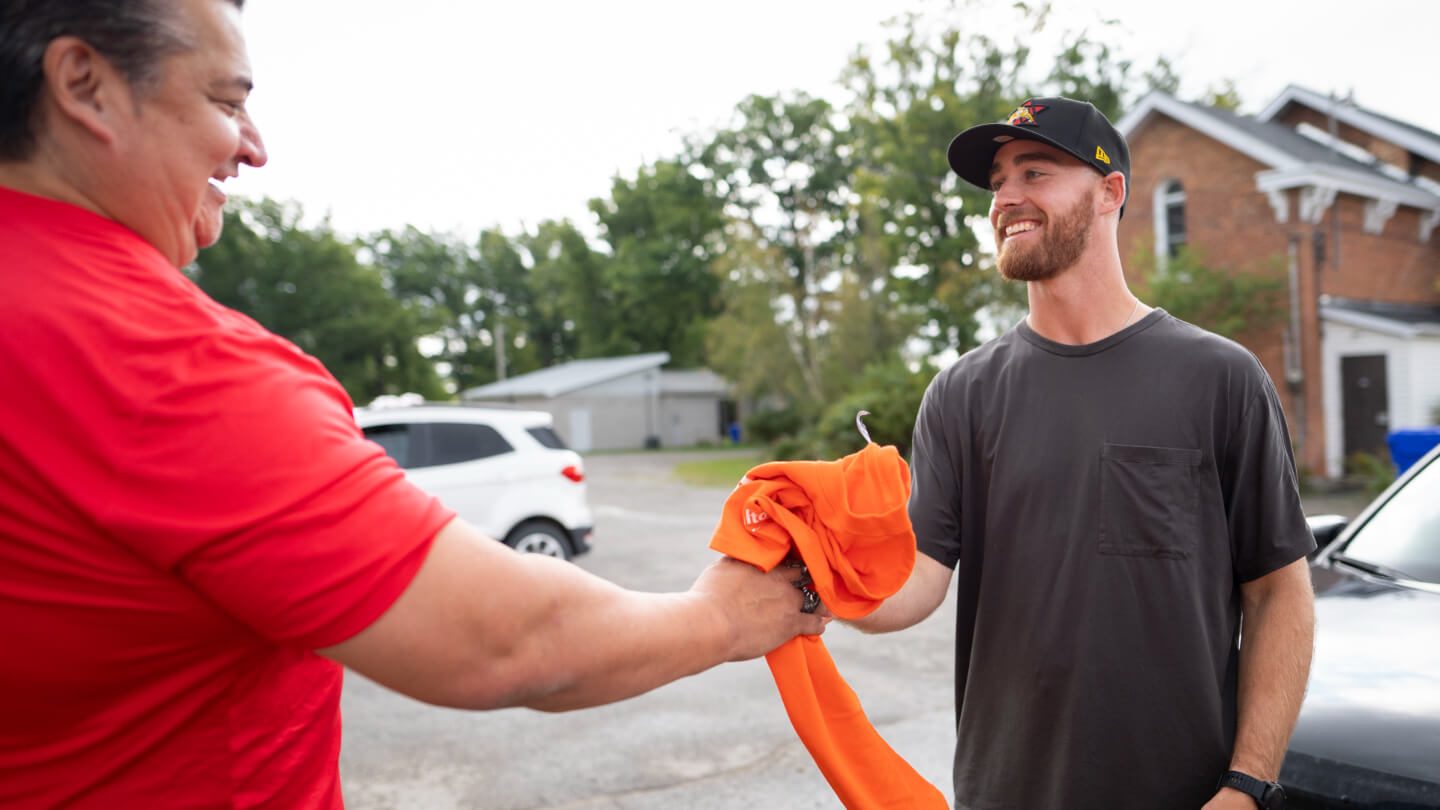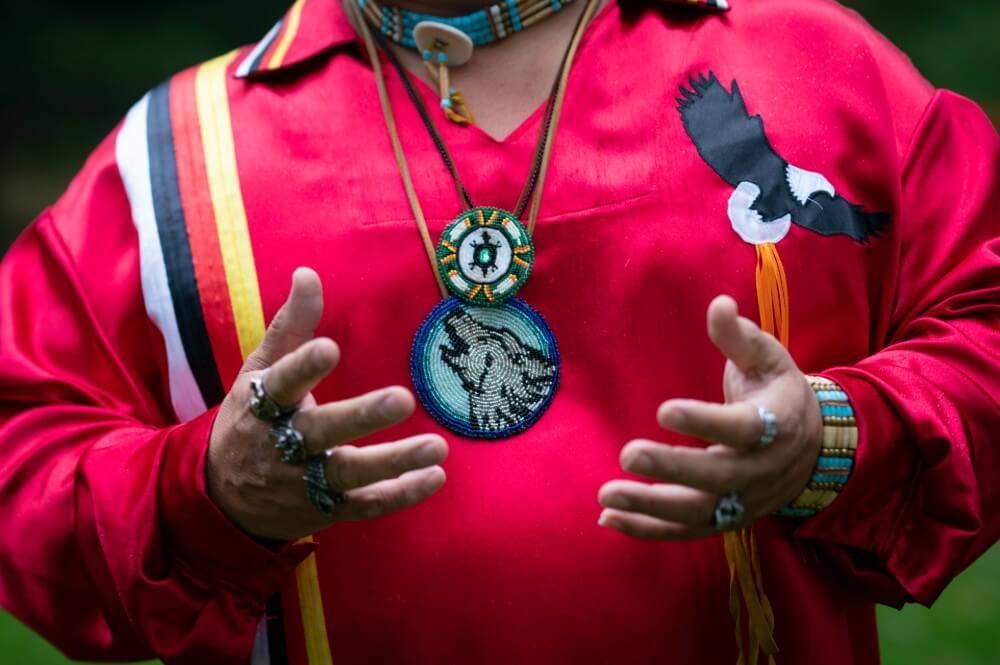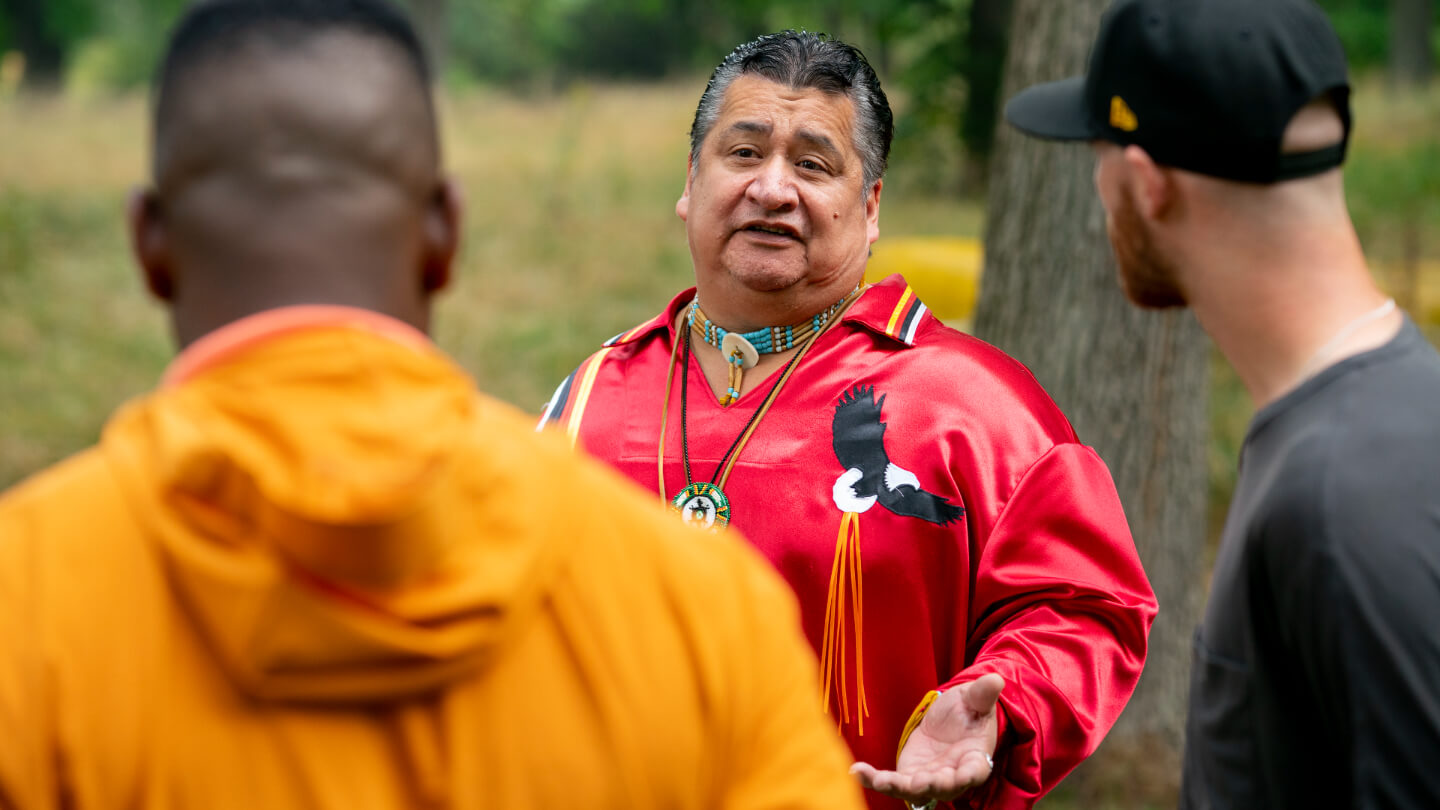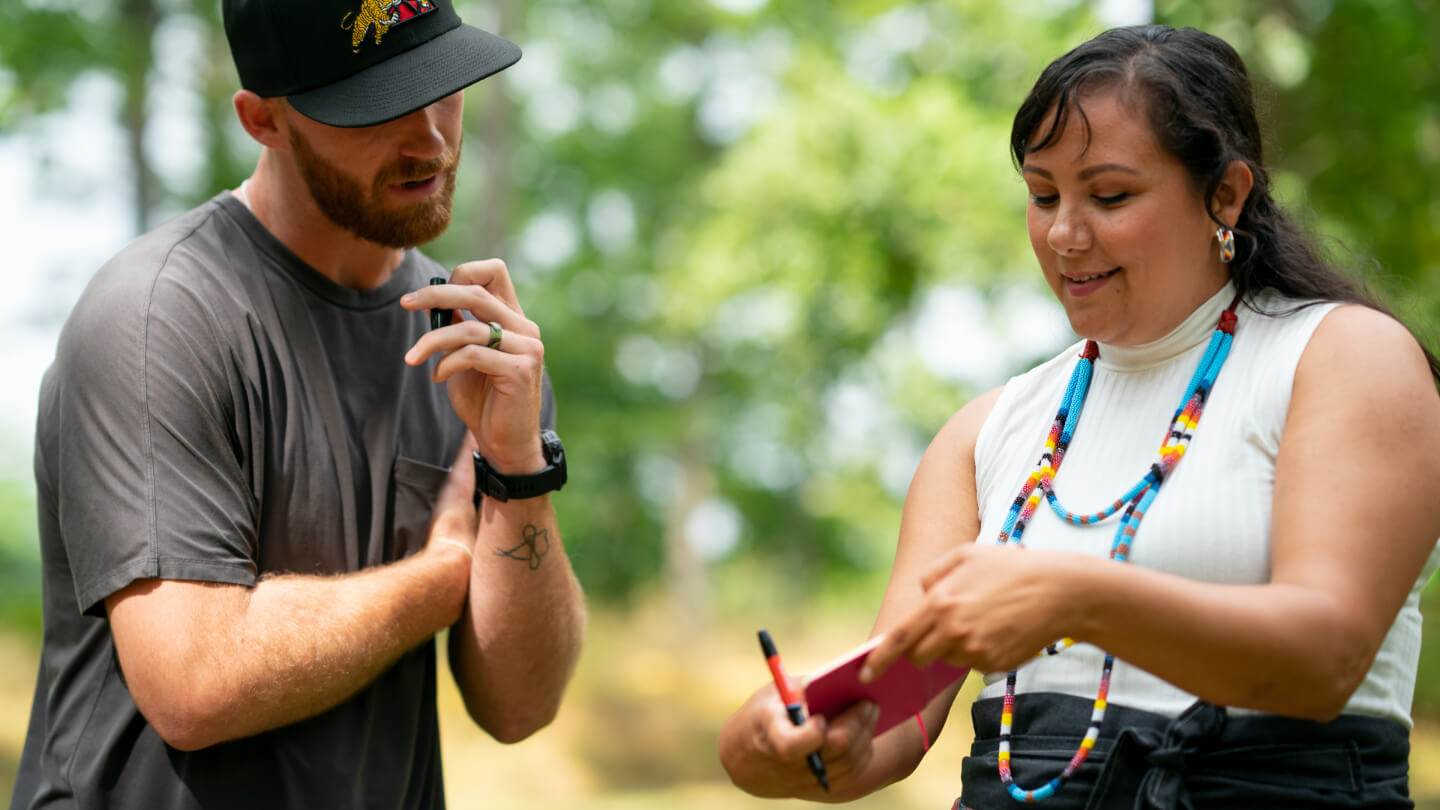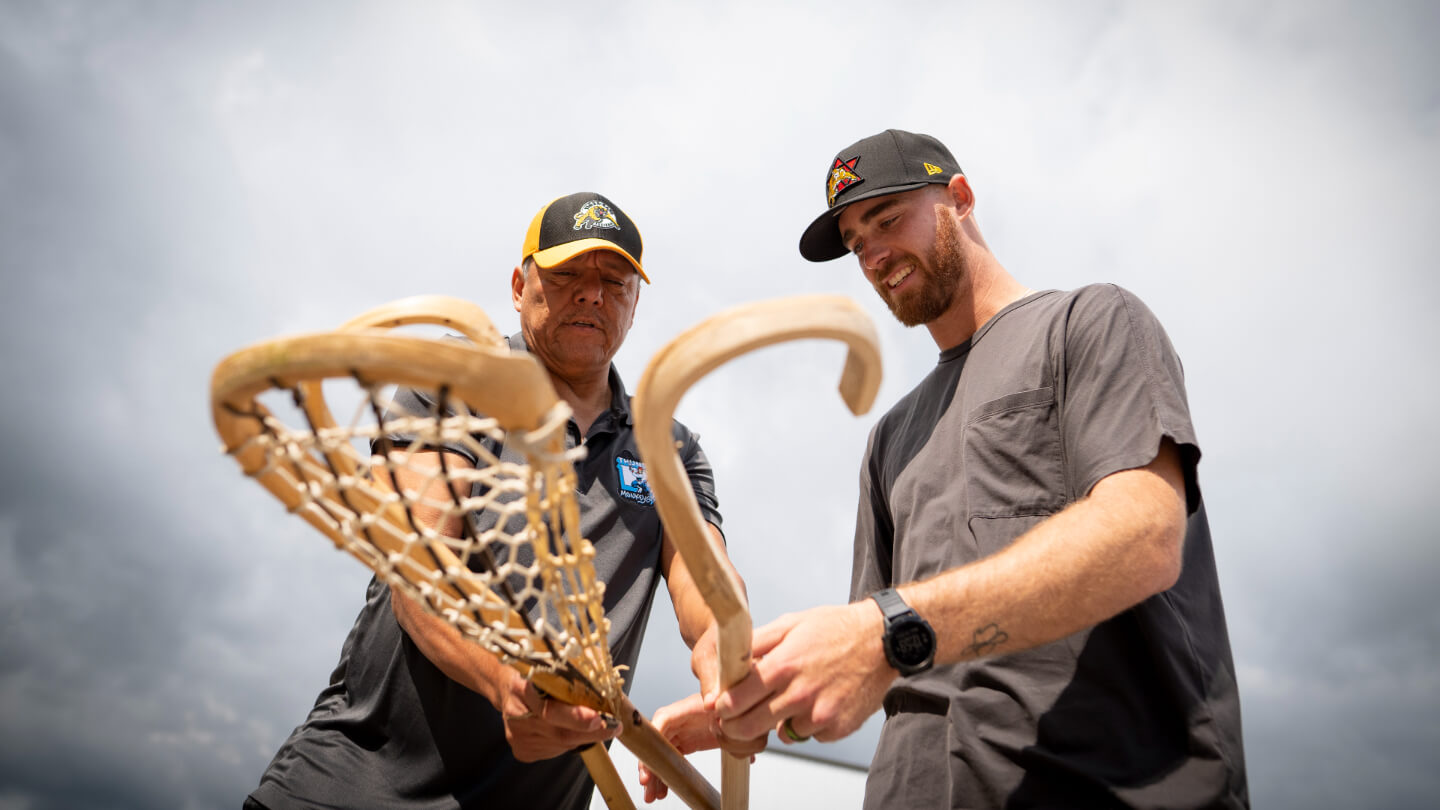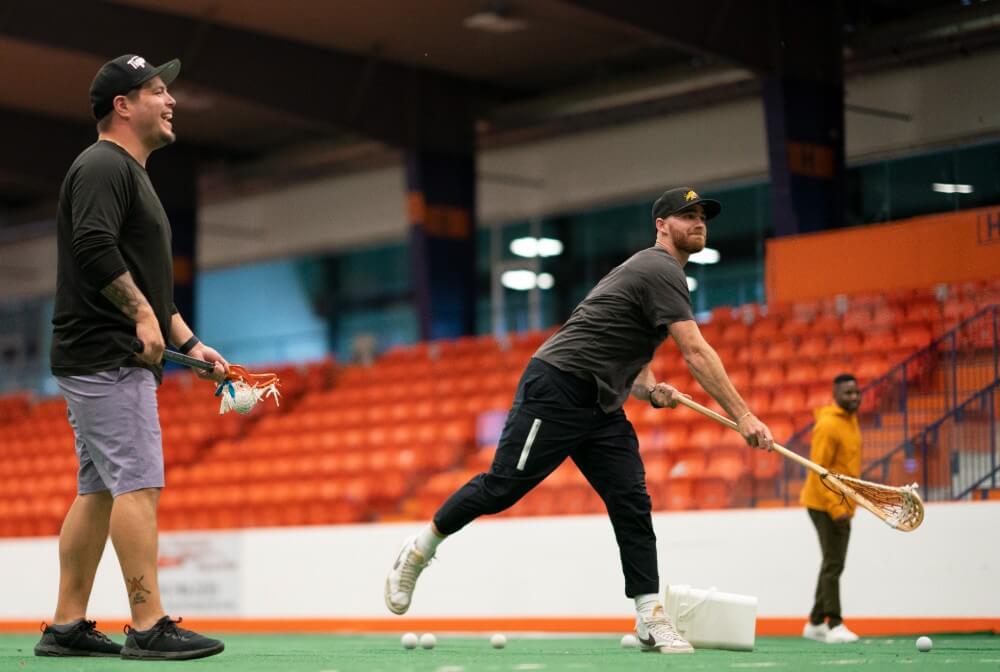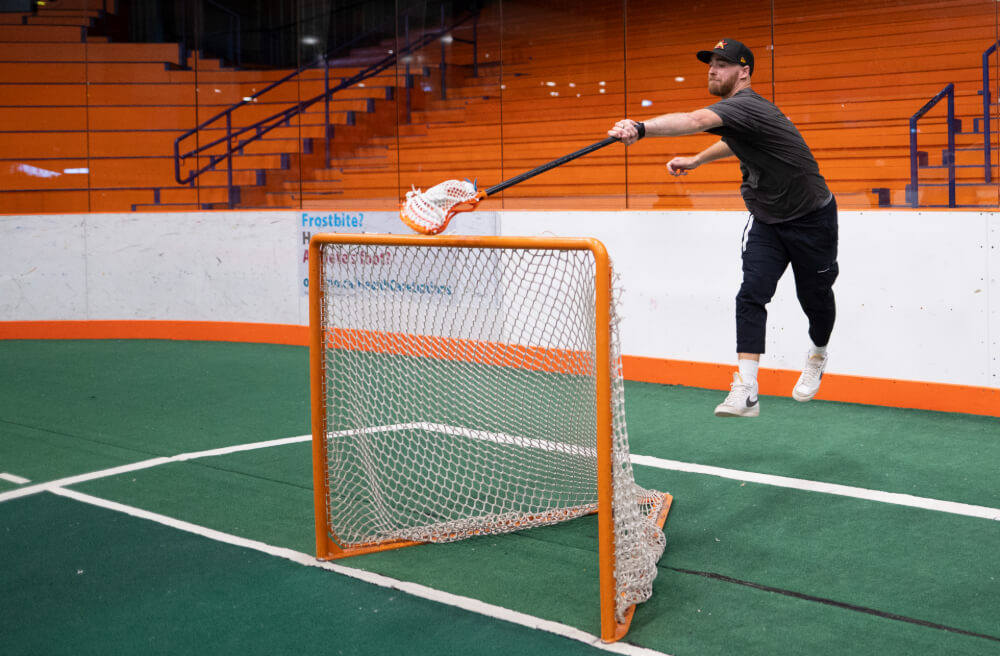W
hat does one do after throwing five touchdowns to win a professional football game? Celebrate your accomplishment? Get some literal rest on your laurels?
If you’re Dane Evans, you get up early, jump in your truck and hit the road in a quest to learn and to grow.
Evans is of the Wichita and affiliated tribes, on his father Damon’s side. His great-grandmother, Doris Jean Lamar-McLemore, was the last fluent speaker of the Wichita language. She died eight years ago, at the age of 89, but the spirit of the tribe burns brightly and Evans remains a source of pride. Whenever he went away to college, his tribe in Anadarko, Okla. presented him with a feather, and at his grandmother’s powwow, he was given the crest he now wears around his neck.
Earlier this month, leading up to today’s National Day of Truth and Reconciliation, I accompanied the Hamilton Tiger-Cats quarterback as he visited with members of the Mississaugas of the Credit First Nation and Six Nations communities scattered along the banks of the Grand River in a quest to honour his own Native American heritage.


